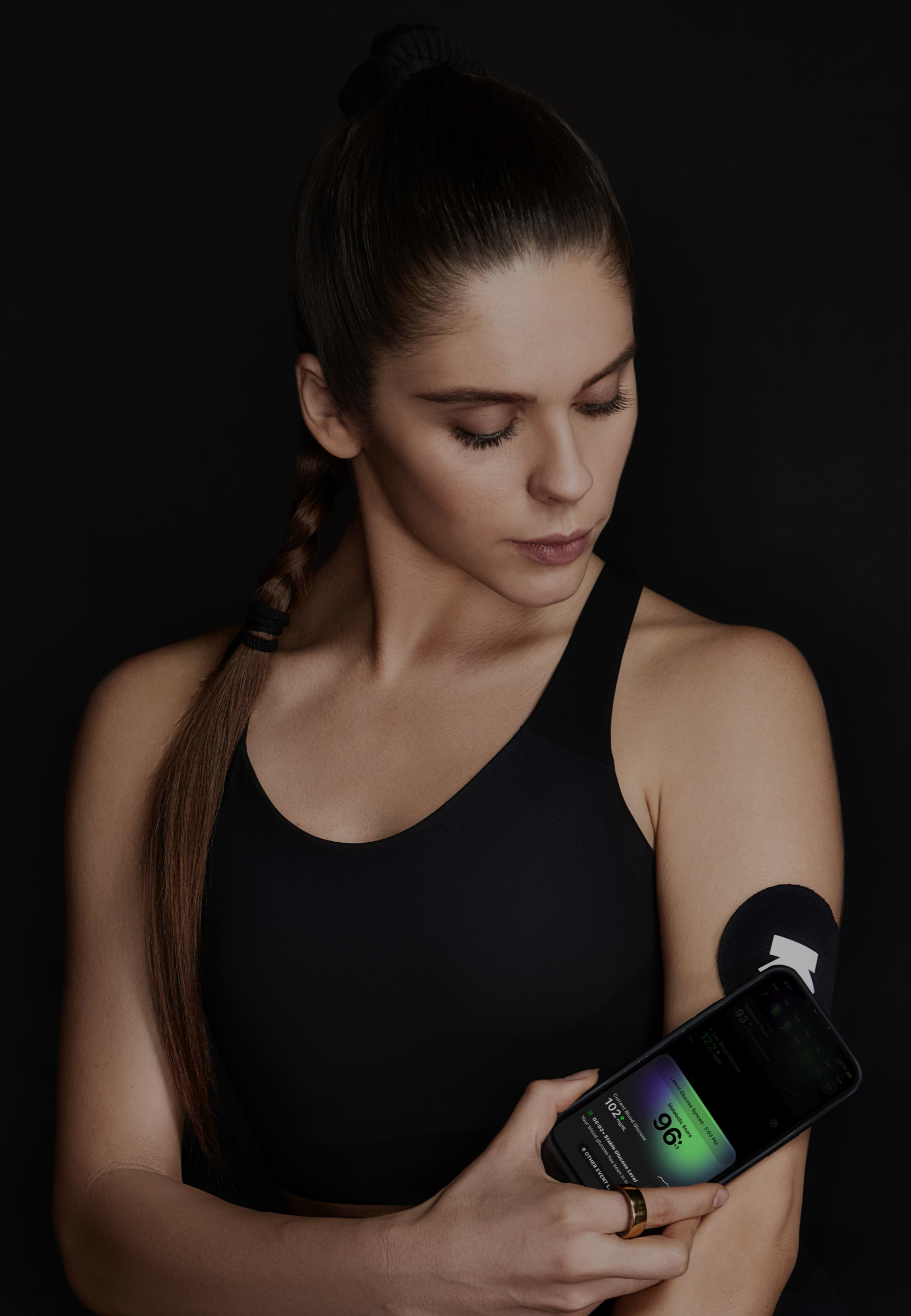
Roti sabzi (1 piece)
Afternoon Snack
125 mg/dL
avg. peak value
Usually causes a medium spike
Avg. Food Score on Ultrahuman App
Ultrahuman Users got an UNSTABLE response
How to consume Roti sabzi without glucose spikes
Portion Control
Try reducing the portion size of roti and sabzi to manage the carbohydrate intake, which can help in moderating glucose spikes.
Whole Grains
Opt for whole grain or multigrain roti instead of refined flour roti. These alternatives are digested more slowly, leading to a gradual increase in blood sugar levels.
Fiber-Rich Side Dishes
Include fiber-rich foods like salads or cooked vegetables such as broccoli, spinach, or kale. These can slow down the absorption of carbohydrates.
Protein Addition
Add a source of lean protein, such as grilled chicken, tofu, or paneer, to your meal. Protein can help stabilize blood sugar levels by slowing down digestion.
Healthy Fats
Incorporate healthy fats like avocado slices or a handful of nuts with your meal. Fats can also help slow the absorption of carbohydrates.
Vinegar or Lemon Juice
Consider adding a splash of vinegar or lemon juice to your sabzi. This can help in lowering post-meal blood sugar levels.
Meal Timing
Avoid high-carb meals such as roti sabzi late at night when the body’s ability to handle glucose can be less efficient.
Balanced Meals
Ensure your meals are balanced with a good mix of carbohydrates, protein, and fats. This balance can help maintain steady blood sugar levels.
Mindful Eating
Eat slowly and chew thoroughly to aid digestion and allow your body to better manage blood sugar levels.
Post-Meal Activity
Engage in light physical activity, such as a short walk, after meals to help improve glucose uptake by your muscles.

Find Glucose response for your favourite foods
Explore OGDbDiscover
metabolic
health with M1
Ultrahuman M1 helps you measure the impact of food and activity on your body in real time through glucose as a biomarker.
Explore Ultrahuman M1Your cart is empty
Browse through our products and find something for you.
